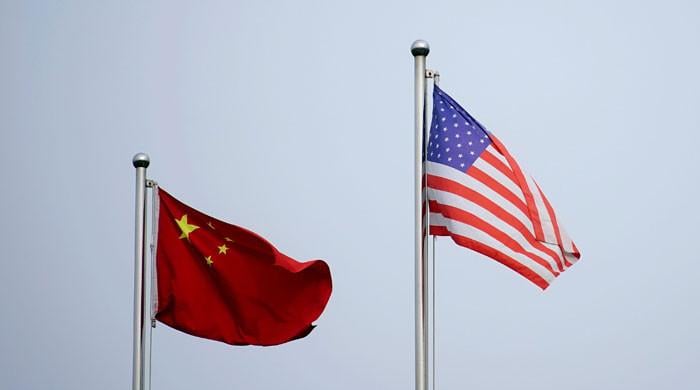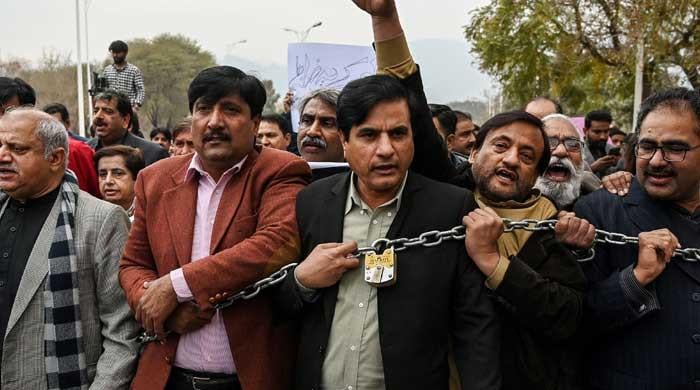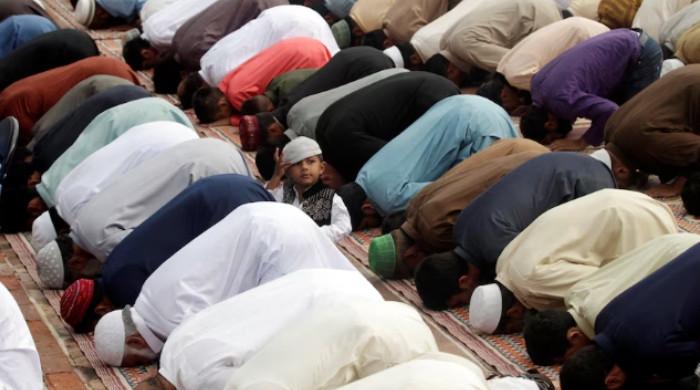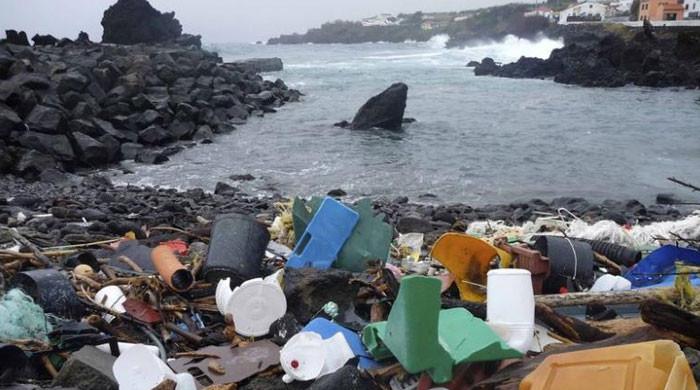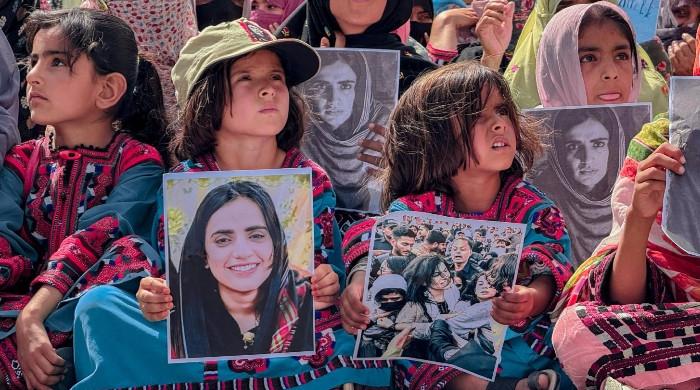Enfeebling the private sector
The private sector industry is now denied spares and components because of SBP’s new requirements
July 09, 2022
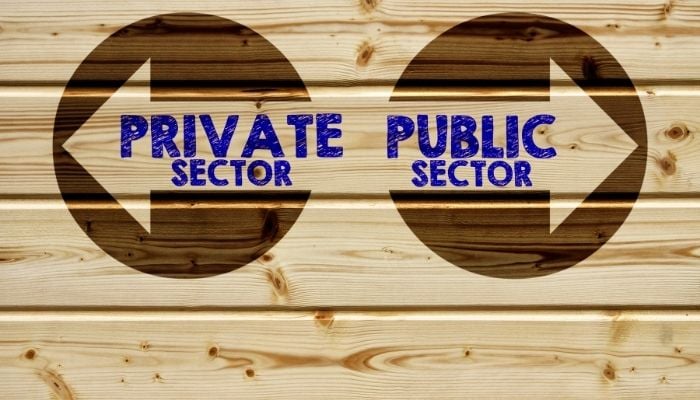
The formal private sector is caught in a perfect storm. It could be reframed as a one-off "Super Tax" to help secure the IMF programme and save the country from default. But it isn’t a one-off "Super Tax", as we now know.
Its shareholders, many of whom are small savers, pensioners, and widows who invested in listed companies instead of real estate, could also accept reduced dividends, but for how long? Investment, already low as % of GDP, could stay there because of the reduced net tax profit, but again for how long?
The industry is now denied spares and components because of SBP’s new requirements to obtain clearance for opening letters of credit. How long can it hang in there before laying people off? Those like textiles that rely on gas, which is in short supply, will need to curtail production, impacting badly needed exports. And now, because of the higher policy rate, the cost of borrowing will rise, threatening loan impairment levels for banks. So in multiple ways, we are killing the goose (called the formal private sector) that lays the golden egg!
What does a high policy rate in a cost-push inflationary environment achieve? Demand is already depressed due to high commodity costs and devaluation. Whose demand is a higher policy rate targeted to compress? Auto and consumer loans are restricted already by SBP, bank cash reserve requirements have been increased, 100% cash margin has been levied on import letters of credit, and now SBP’s clearance is required (and delayed) for importing spares and components. What’s left to compress? The non-food non-energy (NFNE) inflation rate is 11.5%. A policy rate of 15% is overkill.
The policy rate does not directly affect those who don’t borrow from banks. That’s more than half our economy—those in the informal sector and many SMEs. It affects the formal private sector and the government. The government will borrow at any cost as it refuses to curtail its fiscal deficit. The private sector will struggle. To be fair, SBP did a superb job with various stimuli to offset the impact of COVID. It then also recognised the need to differentiate between demand-pull and cost-push inflation. A 15% policy rate is not justified in the current cost-push inflation environment.
Ehsan Malik is the CEO of the Pakistan Business Council.







